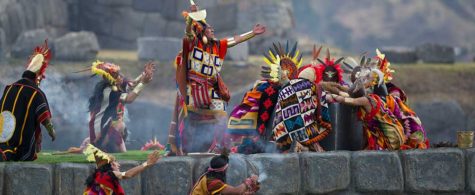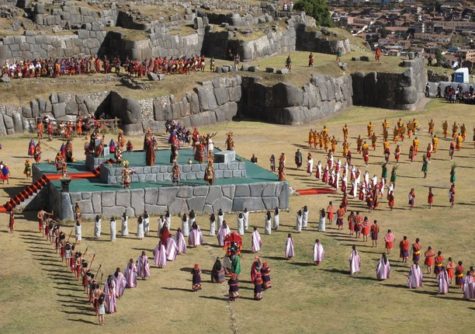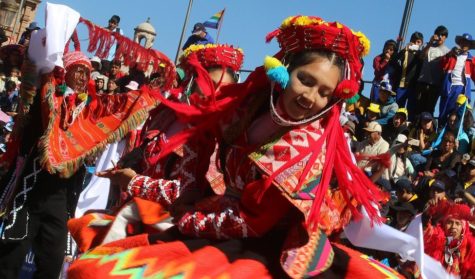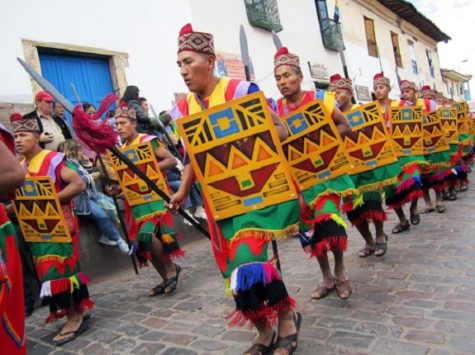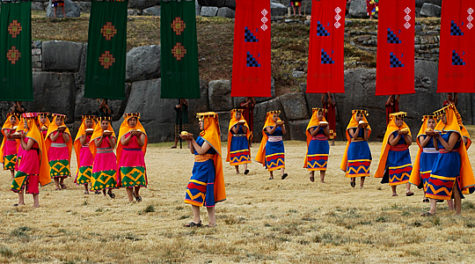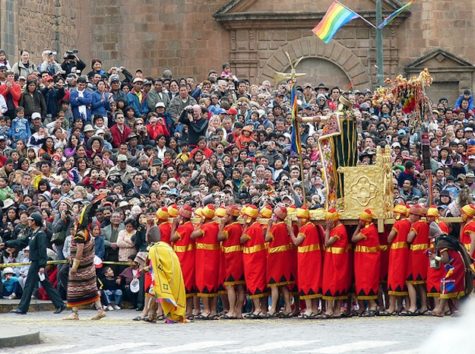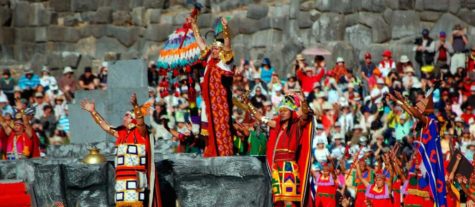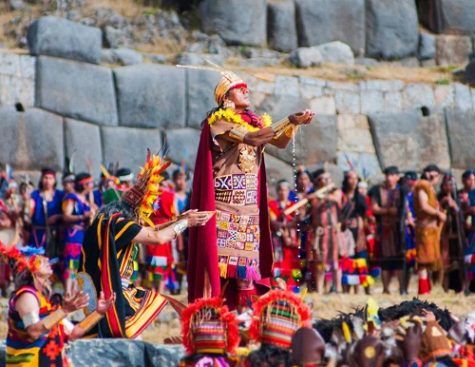Inca
Because the warm weather continues, activity levels are high, even though the days are beginning to shorten. Consequently, numerous festivals during this month focus on family, friends, and social interaction.
For magical purposes, July directs our attention to personal growth and improvements. This includes increasing your knowledge, continuing efforts for prosperity, creating new ideas and works of art, and also taking time out periodically to really enjoy yourself. Our society sometimes mistakes much-needed leisure time for laziness but this months’s energies know better. Go and have fun, carrying the Goddess with you for a little extra energy.
July Correspondences:
- Nature Spirits: hobgoblins (small grotesque but friendly brownie-type creatures), faeries of harvested crops.
- Herbs: honeysuckle, agrimony, lemon balm, hyssop
- Colors: silver, blue-gray
- Flowers: lotus, water lily, jasmine
- Scents: orris, frankincense
- Stones: pearl, moonstone, white agate
- Trees: oak, acacia ash
- Animals: crab, turtle, dolphin, whale
- Birds: starling, ibis, swallow
- Deities: Khepera, Athene, Juno, Hel, Holda, Cerridwen, Nephtys, Venus
Power flow:
Relaxed energy; preparing, succeeding. Dream work; divination and meditation on goals and plans, especially spiritual ones.
July Festivities:
At first the Romans called this month Quintilis, but later renamed it Julius after Julius Caesar, who was born in this summer month. The Greek Olympian was held for about a week in July. This festival in honor of Zeus consisted of competitions in athletics, drama, music, and other activities. During the time of the Olympian, all participants were given safe-conduct to and from the games. The constant petty Greek squabbles were put aside. A victory in the Olympian was a great achievement, both for the individual and for their city.
Two of the Roman holidays held during this month were July 8 – 9 when the Goddess Juno was honored and the Neptunalia on July 23, when Neptune, the god of the seas and earthquakes, was placated.
In Japan, the Full Moon of July saw the O-Bon, or Festival of Lanterns. This was a combination of Buddhist and Shinto beliefs that honored the dead. Homes, tombs, and ancestral tablets were thoroughly cleaned. Altars and shrines were decorated. The gardens were hung with lanterns to light the way of the dead so that they could join with their families for the three-day ceremony.
The Egyptian New Year fell in July, as did the Opet Festival, which commemorated the marriage of Isis and Osiris. Their sexual union was said to bring good luck to all people. About the same time in Rome, the love of Venus and Adonis was celebrated. The Egyptian year was measured against the Nile and its yearly fertile floods. This was also the time of the birth of Isis and Nephthys, Osiris, Set, and Haroeris. These days were the ones won by Thoth for these deities; births; in other words, there were the necessary days to make the solar and lunar calendars match.
The Incas had a ceremony called Chahua-huarquiz, Chacra Ricuichi, or Chacra Cona, which meant Plowing Month. While the Northern Hemisphere was beginning its agricultural harvests with the reaping of the corn crop, the Southern Hemisphere was just beginning to break ground for planting.
Buddha’s Birth and Preaching, also called the Picture Feast, was celebrated in Tibet.
From: Moon Magic and 365 Goddess
The Inti Raymi (Quechua for “sun festival”) is a religious ceremony of the Inca Empire in honor of the god Inti (Quechua for “sun”), one of the most venerated deities in Inca religion. It was the celebration of the winter solstice – the shortest day of the year in terms of the time between sunrise and sunset and the Inca New Year.
Note:
In territories south of the equator the gregorian months of June and July are winter months. It is held on June 24.
During the Inca Empire, the Inti Raymi was the most important of four ceremonies celebrated in Cusco. The celebration took place in the Haukaypata or the main plaza in the city.
According to chronicler Garcilaso de la Vega, Sapa Inca Pachacuti created the Inti Raymi to celebrate the new year in the Andes of the Southern Hemisphere. The ceremony was also said to indicate the mythical origin of the Incas. It lasted for nine days and was filled with colorful dances and processions, as well as animal sacrifices to thank Pachamama and to ensure a good cropping season.
The first Inti Raymi was in 1412. The last Inti Raymi with the Inca Emperor’s presence was carried out in 1535, after which the Spanish and the Catholic priests banned it.
In 1944, a historical reconstruction of the Inti Raymi was directed by Faustino Espinoza Navarro and indigenous actors. The first reconstruction was largely based on the chronicles of Garcilaso de la Vega and only referred to the religious ceremony. Since 1944, a theatrical representation of the Inti Raymi has been taking place at Saksaywaman, two kilometers from its original celebration in central Cusco on June 24 of each year, attracting thousands of tourists and local visitors.
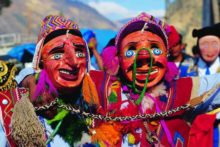 Inti Raymi is still celebrated in indigenous cultures throughout the Andes. Celebrations involve music, colorful costumes (most notable the woven aya huma mask) and the sharing of food.
Inti Raymi is still celebrated in indigenous cultures throughout the Andes. Celebrations involve music, colorful costumes (most notable the woven aya huma mask) and the sharing of food.
In many parts of the Andes though, this celebration has been connected to the western festivals of Saint John the Baptist, which falls on the day after the northern solstice (June 21).

